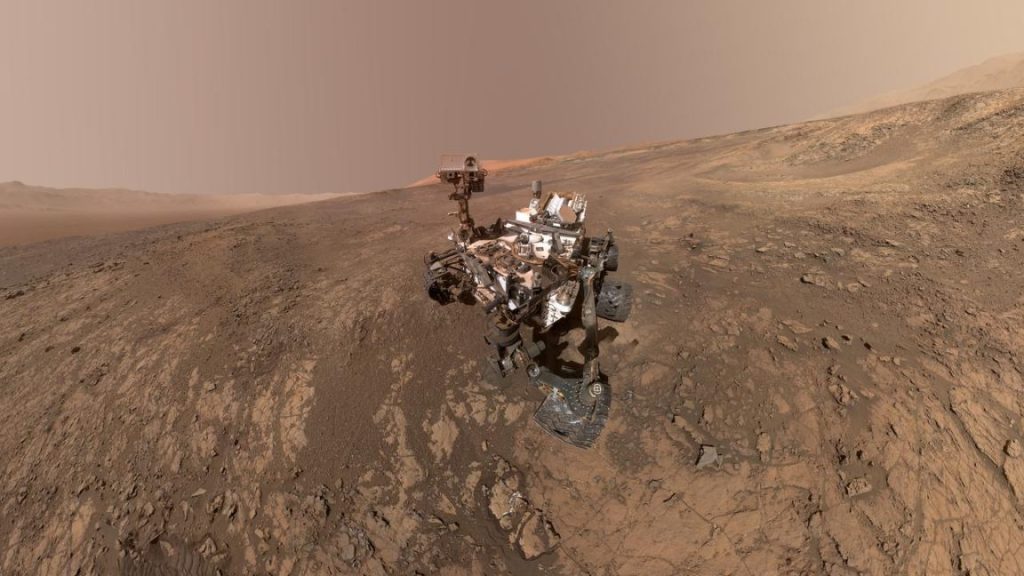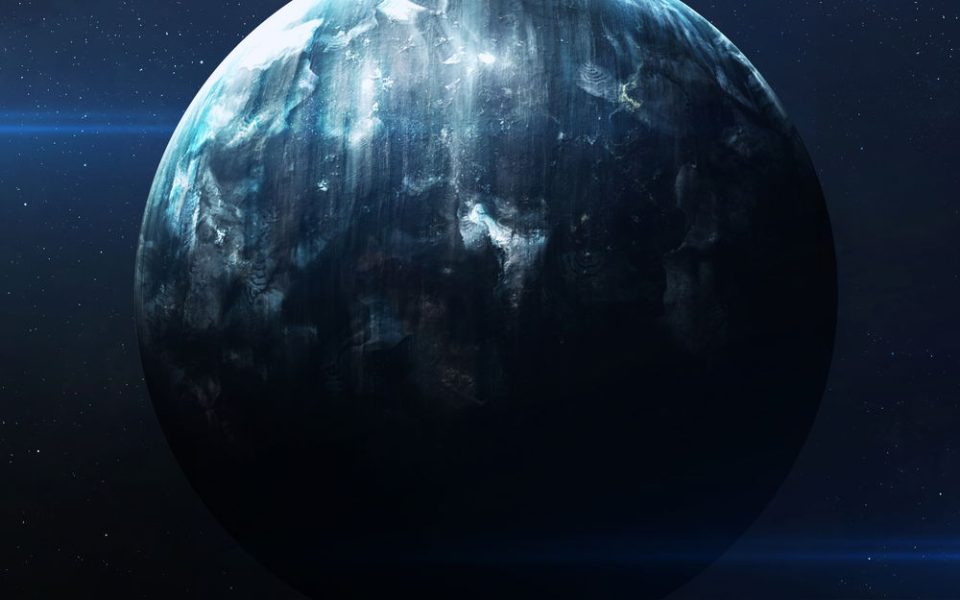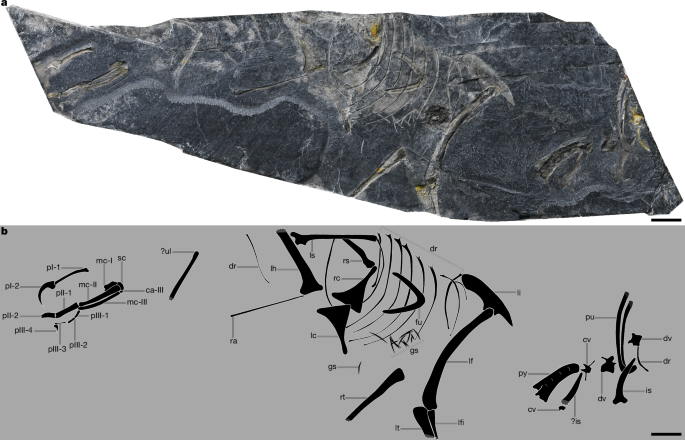Curiosity spies stunning clouds at twilight on Mars – Ars Technica

The noctilucent clouds only appear in some locations on Mars, near the equator.
In the mid- and upper-latitudes on Earth, during the early evening hours, thin and wispy clouds can sometimes be observed in the upper atmosphere.These clouds have an ethereal feel and consist of ice crystals in very high clouds at the edge of space, typically about 75 to 85 km above the surface. The clouds are still in sunlight while the ground is darkening after the Sun sets. Meteorologists call these noctilucent clouds, which essentially translates to “night-shining” clouds.There is no reason why these clouds could not also exist on Mars, which has a thin atmosphere. And about two decades ago, the European Space Agency’s Mars Express orbiter observed noctilucent clouds on Mars and went on to make a systematic study.Among the many tasks NASA’s Curiosity rover does on the surface of Mars since landing in 2012 is occasionally looking up. A couple of weeks ago, the rover’s Mastcam instrument captured a truly stunning view of noctilucent clouds in the skies above. The clouds are mostly white, but there is an intriguing tinge of red as well in the time-lapse below, which consists of 16 minutes of observations.It turns out that Curiosity has been observing these clouds for a couple of years, and now scientists can predict their formation enough to time observations just right. Hence this gorgeous view.”I’ll always remember the first time I saw those iridescent clouds and was sure at first it was some color artifact,” said Mark Lemmon, an atmospheric scientist with the Space Science Institute in Boulder, Colorado. “Now it’s become so predictable that we can plan our shots in advance; the clouds show up at exactly the same time of year.”Notably, although Curiosity has observed these clouds in Gale Crater, just south of the Martian equator, other NASA rovers on Mars have generally not seen them. Lemmon and some other scientists believe gravity waves may be sufficiently cooling the atmosphere to allow carbon dioxide in the atmosphere to condense enough for thin clouds to form.This is one of the many scientific mysteries that Curiosity will continue to investigate.Ars Technica has been separating the signal from
the noise for over 25 years. With our unique combination of
technical savvy and wide-ranging interest in the technological arts
and sciences, Ars is the trusted source in a sea of information. After
all, you don’t need to know everything, only what’s important.
Source: https://arstechnica.com/space/2025/02/curiosity-spies-stunning-clouds-at-twilight-on-mars/






